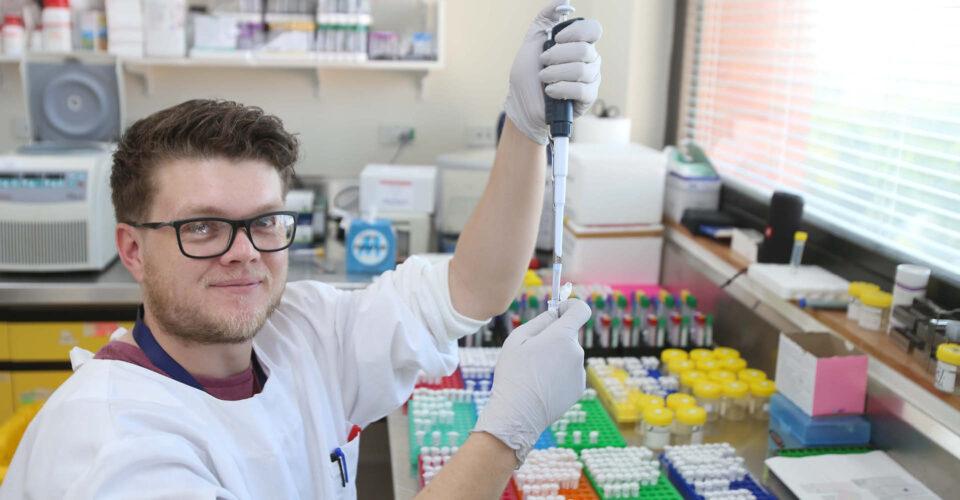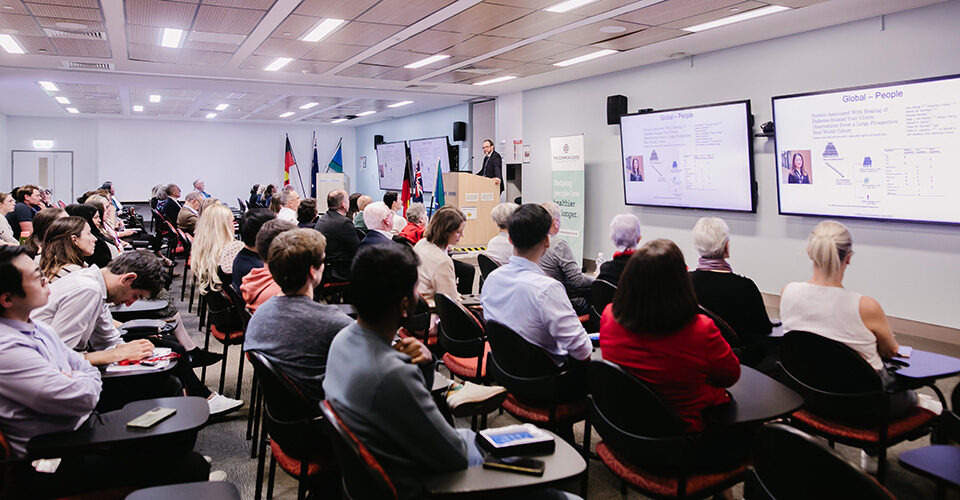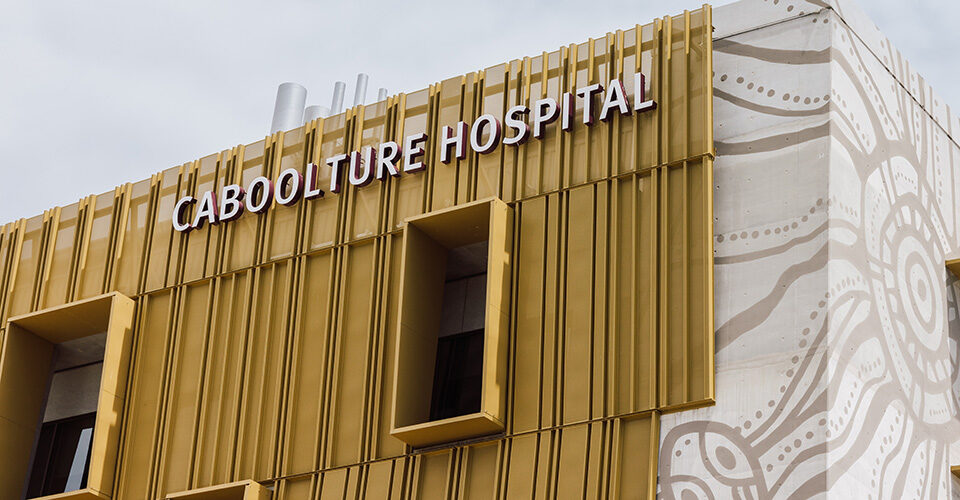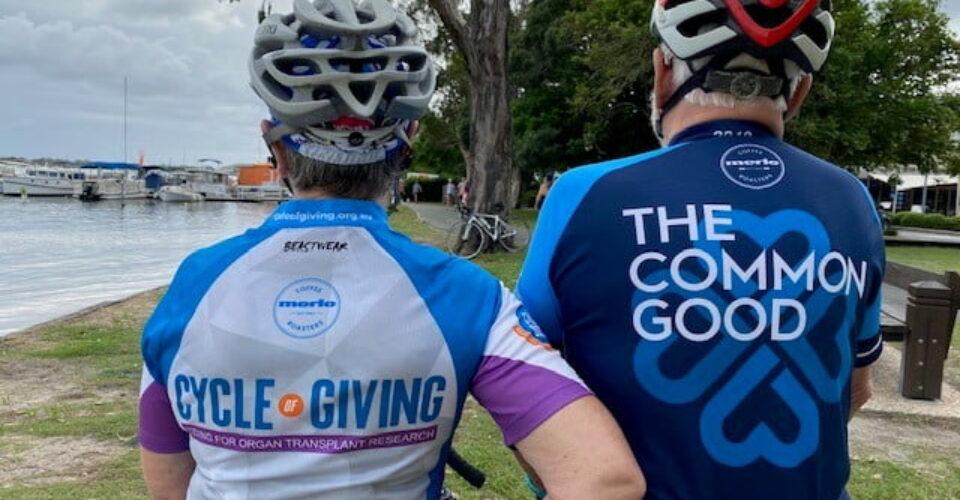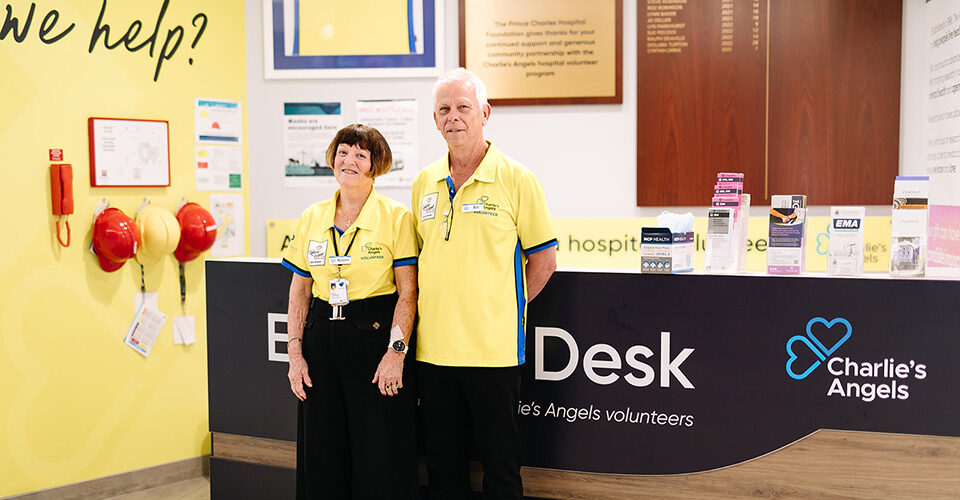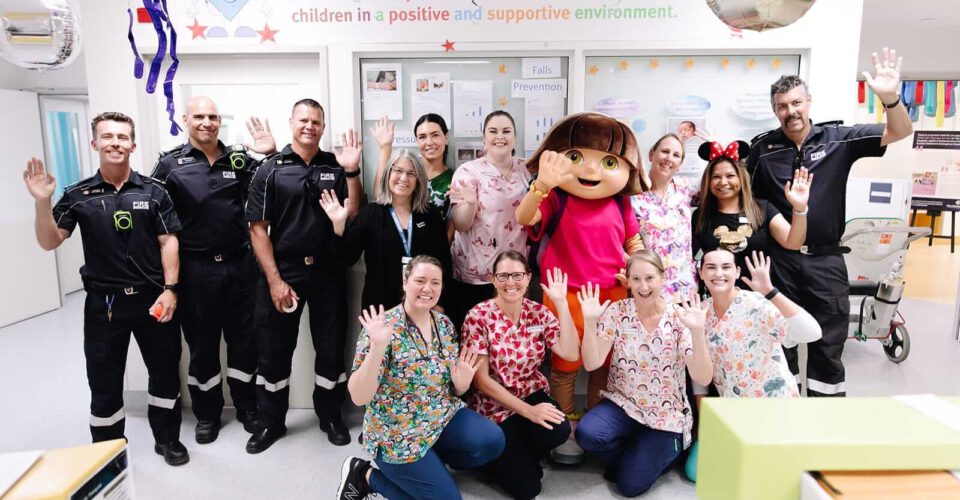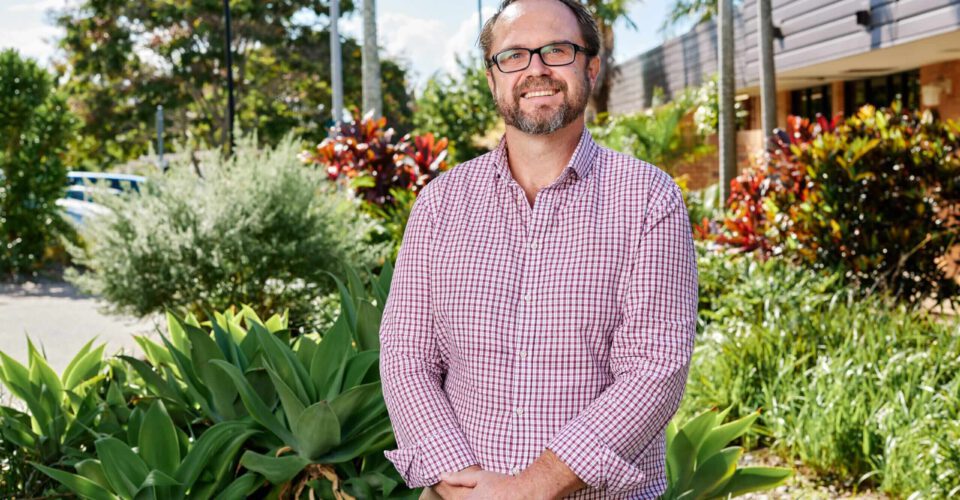Each year thousands of Australians will need a live-saving heart transplant. But in 2015, in Australia, while there were 281 generously donated hearts potentially available for transplant shockingly only 95 of those were able to be transplanted to patients in need. Due to poor cardiac function, thirty per cent of donor hearts are not transplanted and there is an extremely high 30 day mortality rate for those transplanted. We need to improve the odds for patients.
Like every muscle our body our heart relies on fuel – fats, carbohydrates and proteins, to produce energy in order to pump. After brain stem death the heart continues to function but the way in which the heart sources energy from those fuels can change and this can lead to significant damage to the heart; making it unable to be used for transplant or causing it to function poorly post-transplant.
By understanding how the energy sources change within the heart and how this is causing damage, heart researcher Matthew Wells hopes to achieve two life-changing results for heart transplant patients – 1. To identify how we could potentially stop the damage to hearts to make more donor hearts available for patients in need, and 2. How we could assist the heart to improve the heart’s function and reduce complications once transplanted, leading to a greater quality of life for many heart transplant recipients.
With the potential to increase the amount of hearts available for transplant we could potentially save the lives of 30% (or more) patients each year and give those patients who are lucky enough to receive this second chance at life a heart that will beat strong for many years to come.
Support The Common Good here.
